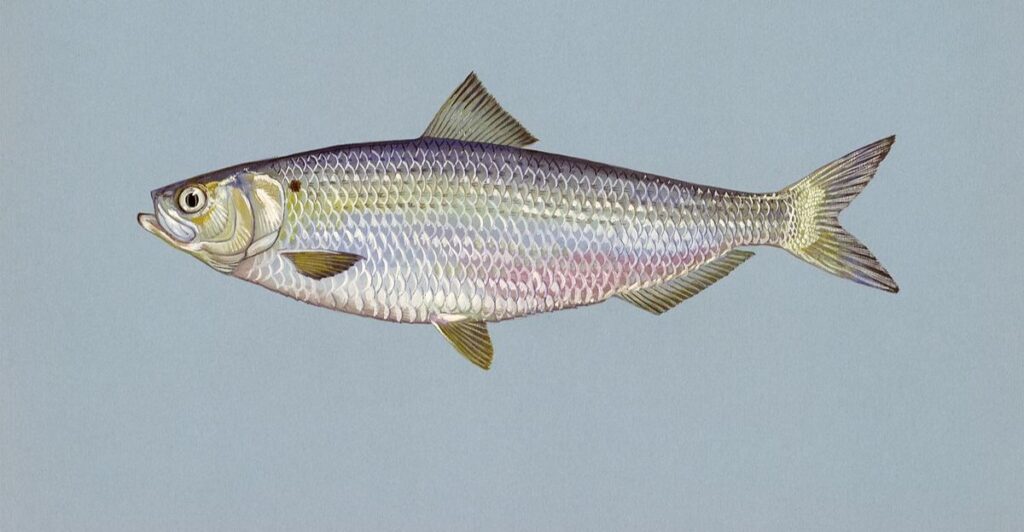
Fish can be a nutritious choice, but for some people, they come with hidden risks. Allergic reactions to certain fish are more common than you’d think, so knowing which ones to skip can help you stay healthy and out of trouble. Here are 12 common types of fish that could trigger skin rashes or respiratory issues, helping you make safer, healthier choices.
1. Salmon: Skin Reactions

High in protein, salmon can cause severe skin reactions such as hives and rashes in allergic individuals. The fish contains parvalbumin, a protein linked to allergic responses. Some people develop an allergy during childhood. Often, symptoms appear after just a single serving.
2. Tuna: Anaphylaxis Risk

When consumed, tuna poses a significant risk due to its potential to trigger anaphylactic reactions. Histamines in the fish can exacerbate allergies, causing symptoms like throat swelling and breathing difficulties. Raw tuna, in particular, carries a higher risk for allergy sufferers.
3. Cod: Hives and Swelling

Allergic reactions to cod — including hives, skin swelling, and digestive issues — make it a problematic choice for those with fish allergies. Complicating matters, cod proteins frequently cross-react with shellfish allergens, leading to even more severe responses for some people.
4. Herring: Respiratory Issues

Consuming herring can cause respiratory issues such as wheezing and breathing problems. This small fish contains potent allergens that affect the respiratory system, particularly those sensitive to oily fish. Herring often causes reactions similar to those of mackerel.
5. Mackerel: Histamine Reactions

Mackerel’s high histamine content, especially when improperly stored, can lead to intolerance symptoms such as headaches and nausea. The fish often triggers histamine reactions, which can cause discomfort ranging from skin rashes to digestive upset, usually in those prone to such sensitivities.
6. Trout: Itching and Swelling

Freshwater trout is another fish that can cause itching and swelling in allergic individuals. It shares similar allergenic proteins with salmon, making it risky for those allergic to fish in the salmonid family. The reaction can include digestive upset and skin irritation. In severe cases, breathing issues can also arise.
7. Anchovies: Breathing Difficulties

Despite their small size, anchovies can lead to significant breathing difficulties for some. Individuals may experience nasal congestion or shortness of breath after eating anchovies, especially when used in dressings or sauces. It’s essential to be cautious of hidden sources of anchovies in foods.
8. Sardines: Skin Reactions

Although sardines are considered a healthy choice for many, they can trigger skin reactions like rashes or hives in allergic individuals. Due to similar proteins, people allergic to tuna or cod may also react to sardines. Additionally, sardines’ histamine content can lead to headaches or digestive issues.
9. Halibut: Severe Allergies

Halibut, like other finned fish, contains parvalbumin, a protein that can trigger severe allergic reactions, including anaphylaxis. Cooking methods like grilling or frying may increase parvalbumin concentration, heightening the risk for individuals with fish allergies and making reactions more likely.
10. Flounder: Respiratory Symptoms

Flounder, like halibut, can trigger severe allergic reactions due to shared flatfish proteins. Symptoms often include respiratory issues like wheezing, skin reactions such as hives and itching, digestive problems like nausea and vomiting, and, in extreme cases, life-altering anaphylaxis.
11. Pollock – Anaphylactic Shock

Anaphylactic shock is a severe, potentially fatal allergic reaction that occurs quickly after exposure to an allergen, such as pollock, insect stings, or medications. It involves the immune system overreacting, releasing chemicals that cause symptoms like swelling of the throat, a drop in blood pressure, and hives.
12. Swordfish – Gastrointestinal Issues

Swordfish’s dense, meaty texture and rich flavor appeal to many, but its high mercury content can cause digestive issues when accumulated in the body. Additionally, improperly handled swordfish may harbor bacteria or parasites, increasing the risk of gastrointestinal infections and discomfort.
Stay connected with us for more stories like this! Follow us to get the latest updates or hit the Follow button at the top of this article, and let us know what you think by leaving your feedback below. We’d love to hear from you!







